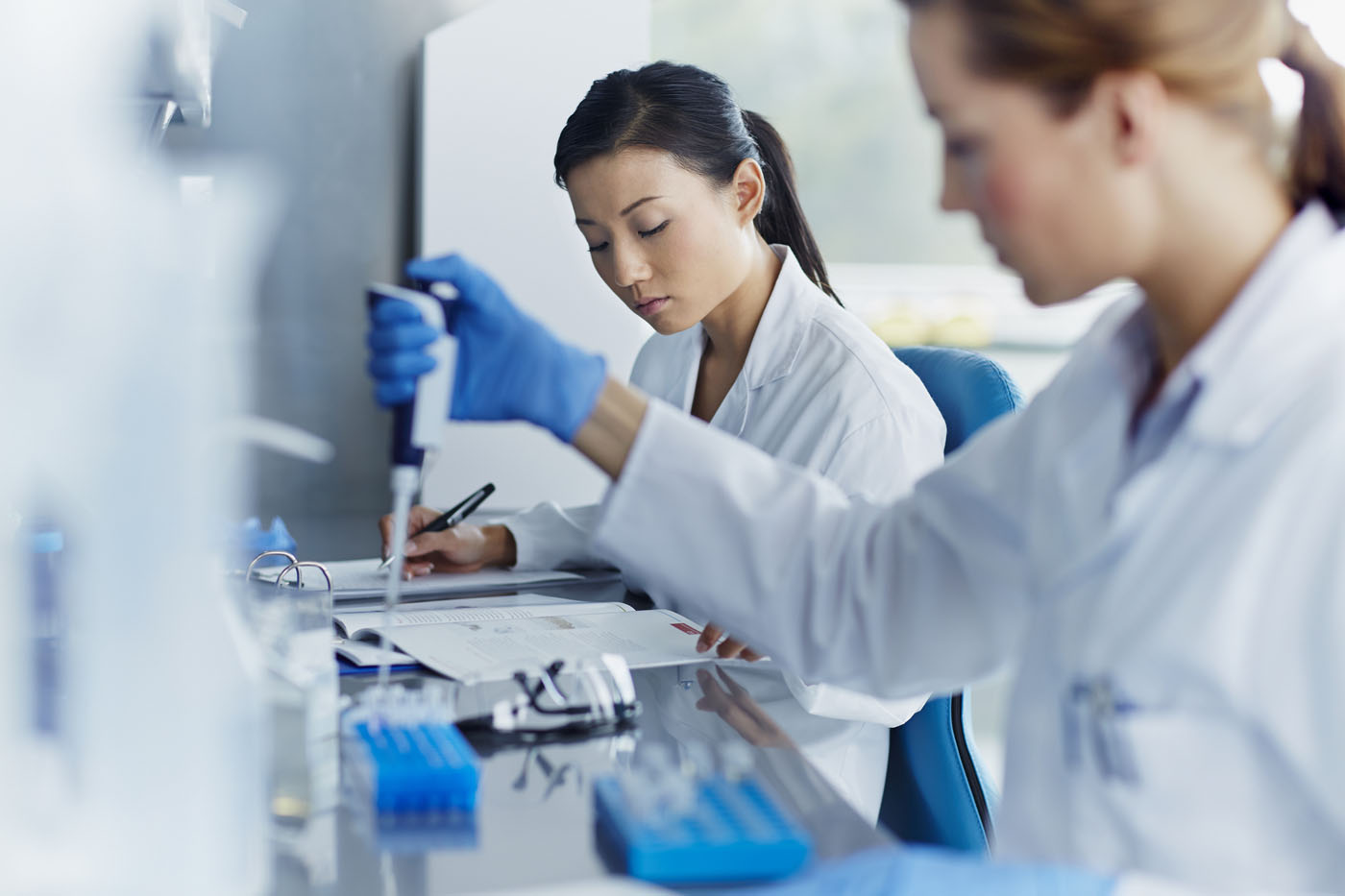
CRISPR and Gene Editing: The Ethical Dilemmas and Breakthroughs in Medical Research
Discuss the latest advancements in gene editing technologies like CRISPR,

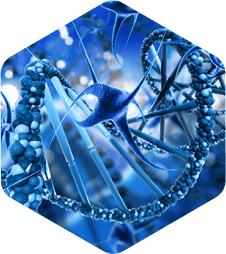
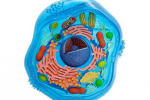
Our bodies are made up of billions of cells. Cells make up all of the organs in the body. They are so small that you need a microscope to see them. Cells are the building blocks of the body, just as bricks are the building blocks of our homes. Besides providing a shape and form to the body, cells are highly efficient factories that produce many biological molecules, such as carbohydrates, proteins, and fats.
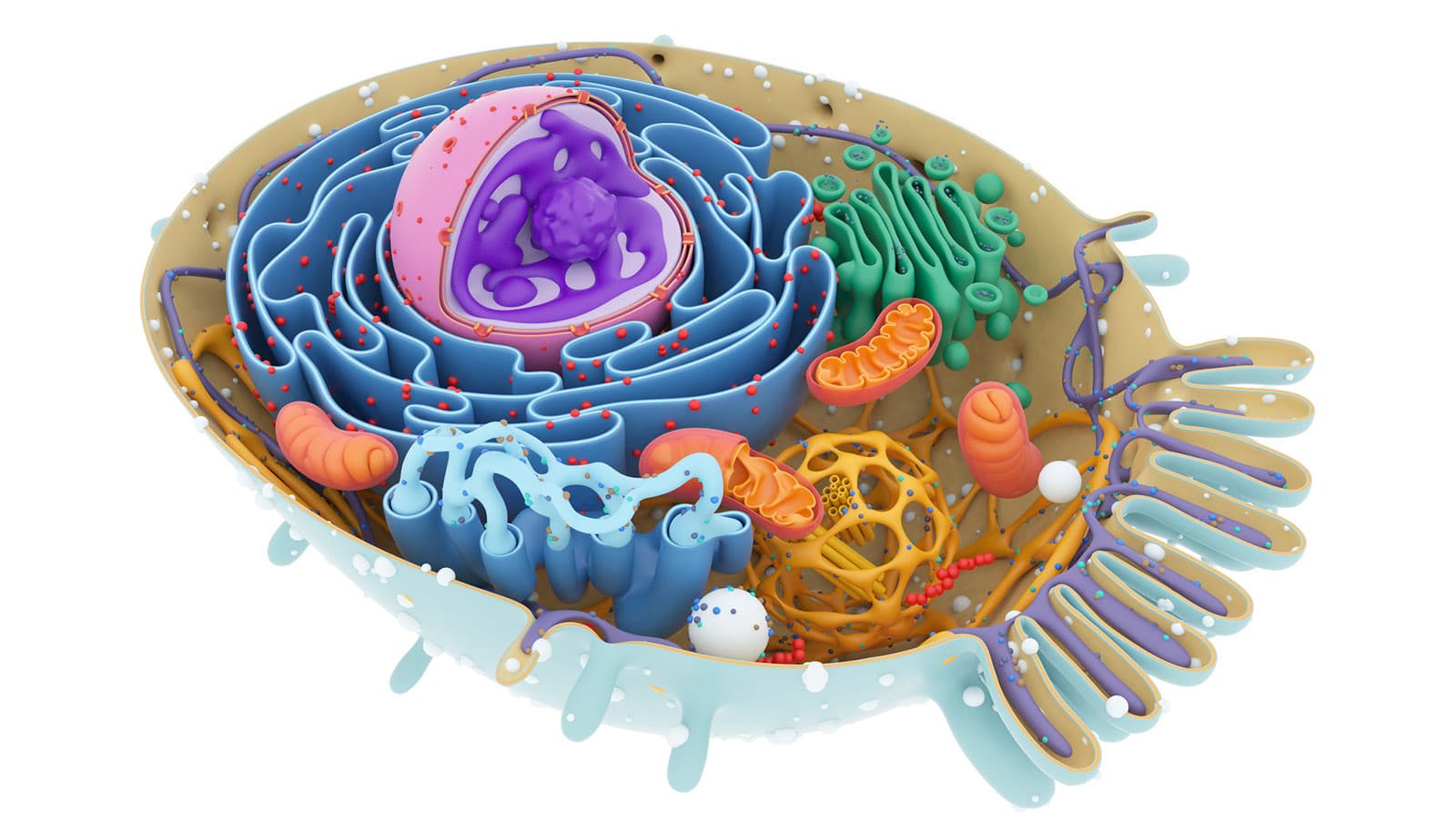
A cell contains even smaller structures within itself called organelles, which help them perform their functions. One of the most critical organelles is the nucleus. It is the command center of the cell. Most of the DNA resides inside the nucleus (a small portion of DNA is present in another organelle called mitochondria). Mitochondria is an organelle which helps in generating energy molecules. Among other organelles and some which help in transport of biological molecules such as proteins and hormones in and out of the cell and still others which help degrade harmful proteins and infectious agents.
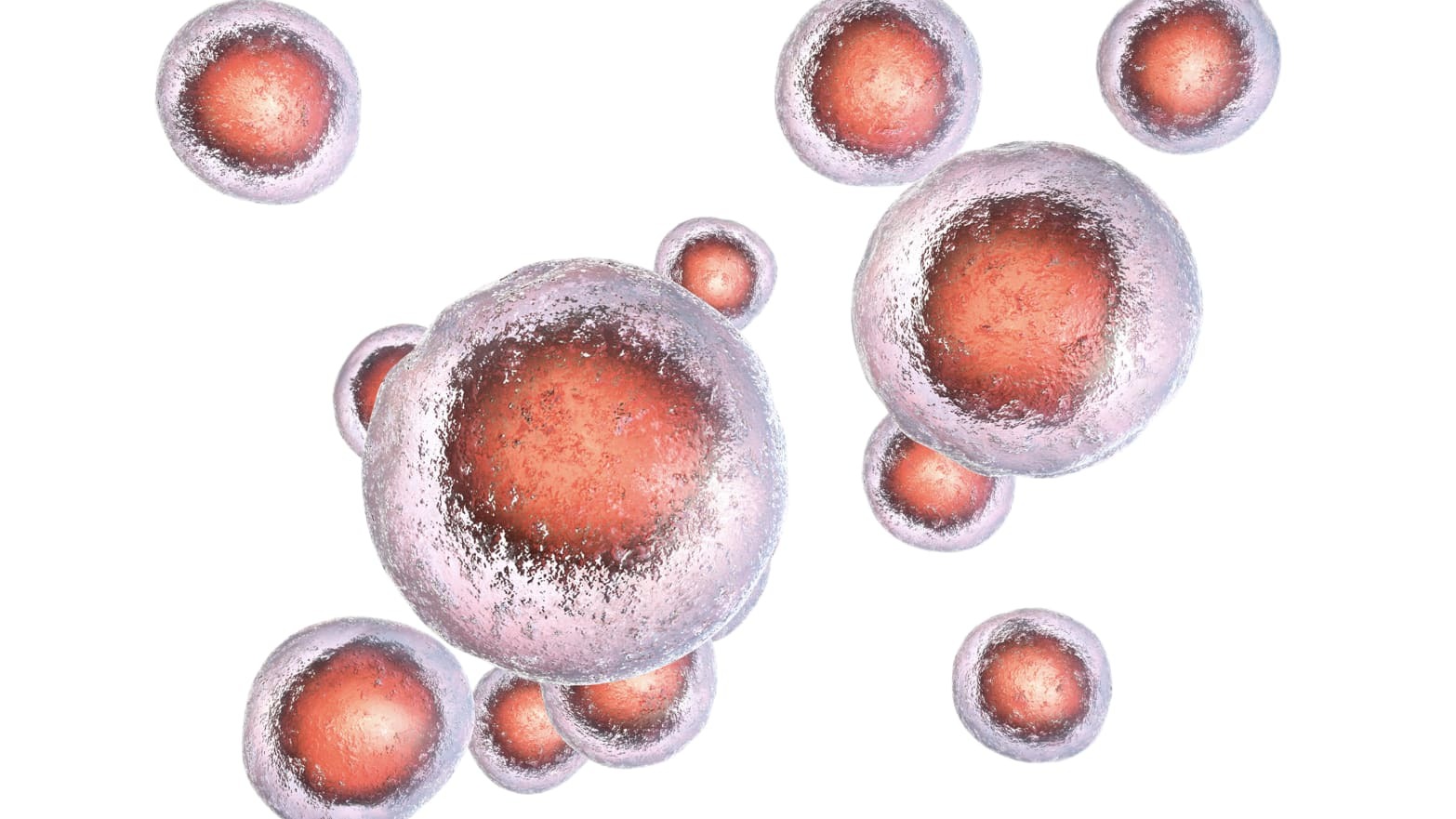
Our body contains many different kinds of cells designed to perform specific functions. They come together to make organs. Thus, one type of cell makes up the heart, another type the skin, still others the brain, liver, kidneys, lungs, intestines, etc. While these cells have a basic general structure, they specialize in carrying out different roles. For example, heart cells specialize in expanding and contracting so that the heart can pump blood. Intestinal cells specialize in producing chemicals (enzymes) that help digest the food we eat. Immune cells specialize and capturing and destroying invading bacteria and viruses. Some organs like thyroid gland secrete hormones.
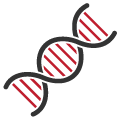
The human genome is defined as the total DNA (Deoxyribo Nucleic Acid) present in each cell of a human body. It is a string of four chemicals called nucleotides interconnected to give a total length of about three billion of them, like a necklace composed of beads of four colors—but three billion of them. It contains all our genes. Genes make proteins. Proteins are uses in many biological reactions required to keep our body functional.

The DNA which makes up our genome is present as a combination with special proteins in special structures called chromosomes. The three billion or so nucleotides present in the DNA which makes our genome is divided into twenty-three pieces and is present in twenty-three chromosomes. We have each chromosome as a pair because we got one from our mother and one from our father, at the time of conception. Therefore, we have forty-six chromosomes in all. The twenty-three chromosomes that come from the mother are called maternal chromosomes, and the twenty-three that come from the father are called the paternal chromosomes. Contribution of chromosomes from both parents is the reason why we get features from both parents.

DNA constitutes our genome. It is a string of four chemicals called nucleotides which are joined together by chemical bonds. . These nucleotides comprise four special chemicals, represented by the letters G, A, T, and C. These are the first letters of the chemicals they represent: Guanine, Adenine, Thymine, Cytosine It is not important to remember their names, just the initials: G, A, T, and C. Thus, the three billion nucleotides that make up our genetic material (DNA) consist of just these four nucleotides arranged in a particular order or sequence, for example ATTGCCGGCTTTTAGAGCCGAT. The nucleotides are linked together by a chemical bond and can be perceived as a very long string. An easy way to understand this is to think of DNA as a big necklace made of beads of four different colors: one color for each nucleotide (GATC). As stated earlier, the three billion nucleotides are not present as one long DNA string but are divided into nucleotide chains present in twenty-three chromosomes.

The segment of DNA which makes proteins is called genes. It is a string of nucleotides, arranged as a unique sequence to synthesize each protein. The sequence is important as it allows the synthesis of proteins with different functions.

Like DNA, protein is another complex biological molecule in our cells. They are synthesized from DNA and perform multiple functions in the cells. Proteins are made up of twenty unique biomolecules called amino acids. These amino acids are arranged as a unique sequence for each protein. A protein’s unique amino acid sequence is derived from unique sequence of nucleotides of the DNA which makes the gene for that particular protein. It must be clear by now that the unique sequence in which the nucleotides and amino acids are arranged and linked together for a given protein, makes each gene and protein unique.
Explore insightful blogs and articles covering a wide range of topics, offering valuable information and expert perspectives.

Discuss the latest advancements in gene editing technologies like CRISPR,

Delve into the growing impact of artificial intelligence in medical
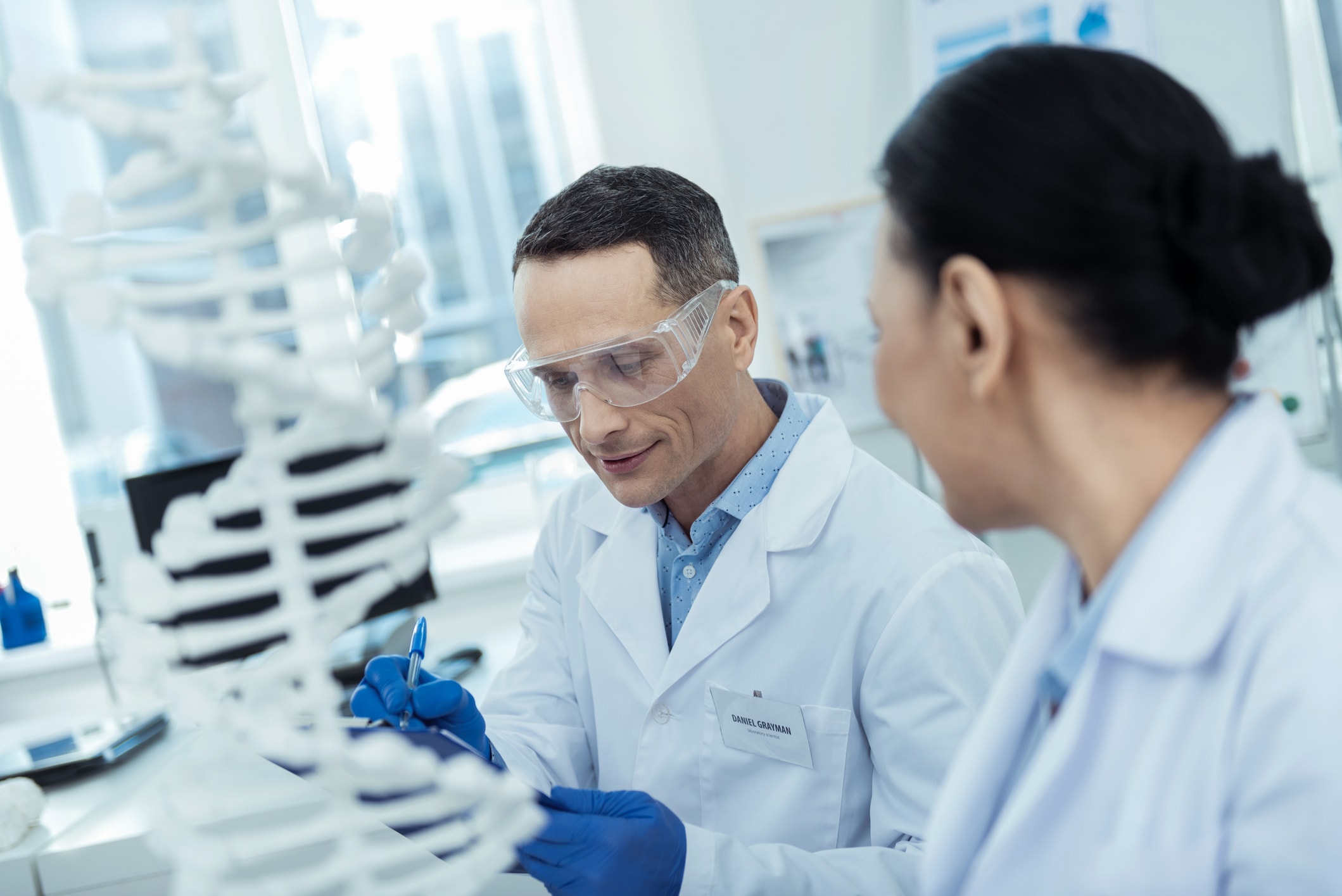
Explore how advances in genomic research are paving the way
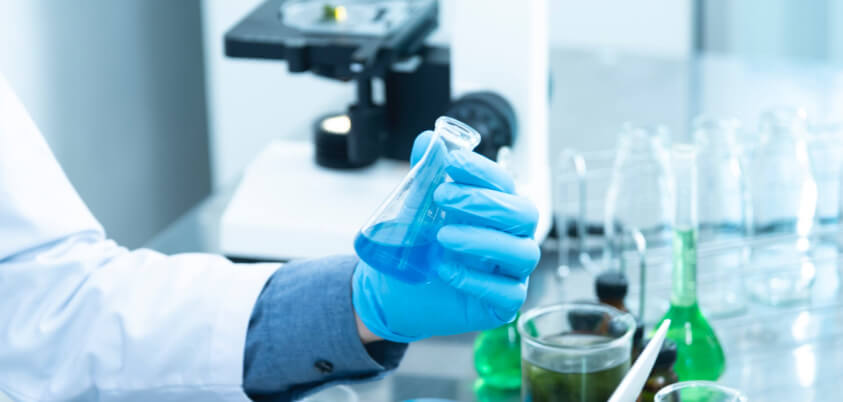
Wondering if something in your DNA saved you during COVID-19
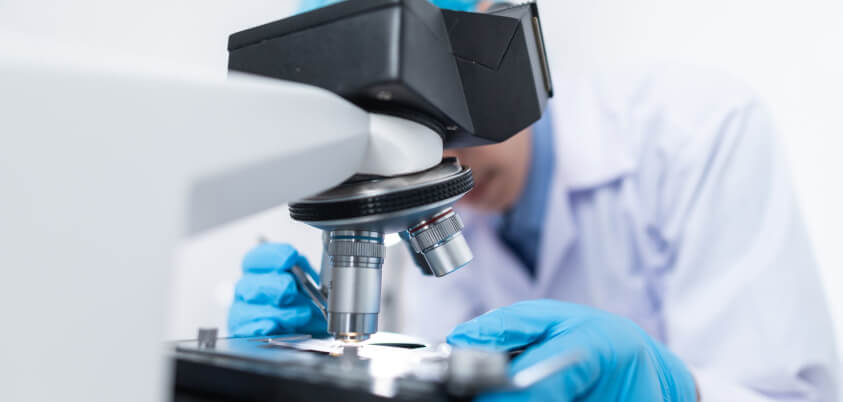
Planning to conceive? Learn how you can reduce, and even

These and many other secrets are hidden in our genome.
Exerci tation ullamcorper suscipit lobortis nisl aliquip ex ea commodo claritatem insitamconse quat.




8657 Elmwood Avenue Logansport, IN 46947
Cryptocurrency@mail.com
(910) 658-2992
© 2024 Genes, Developed By BinaryChemist.com